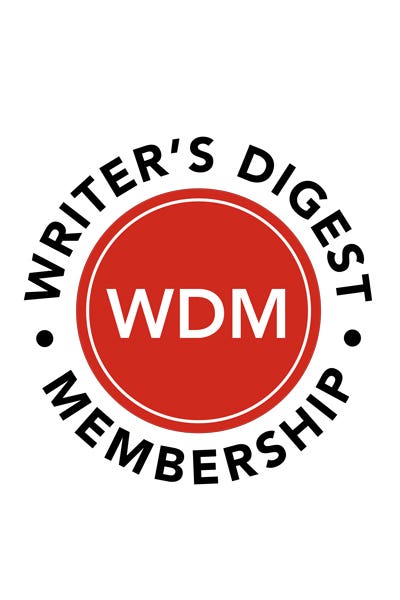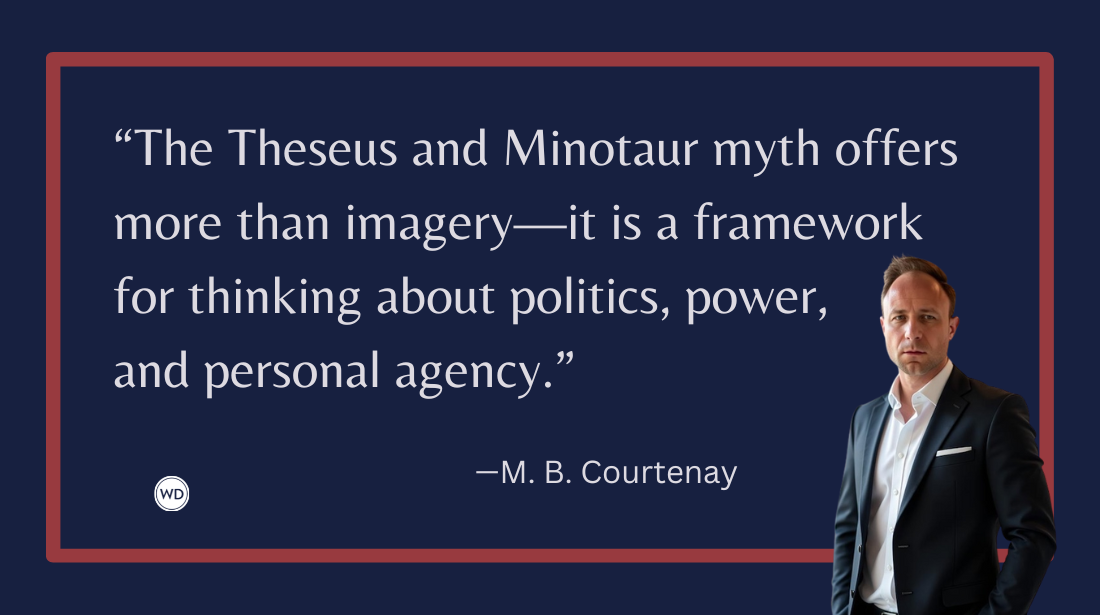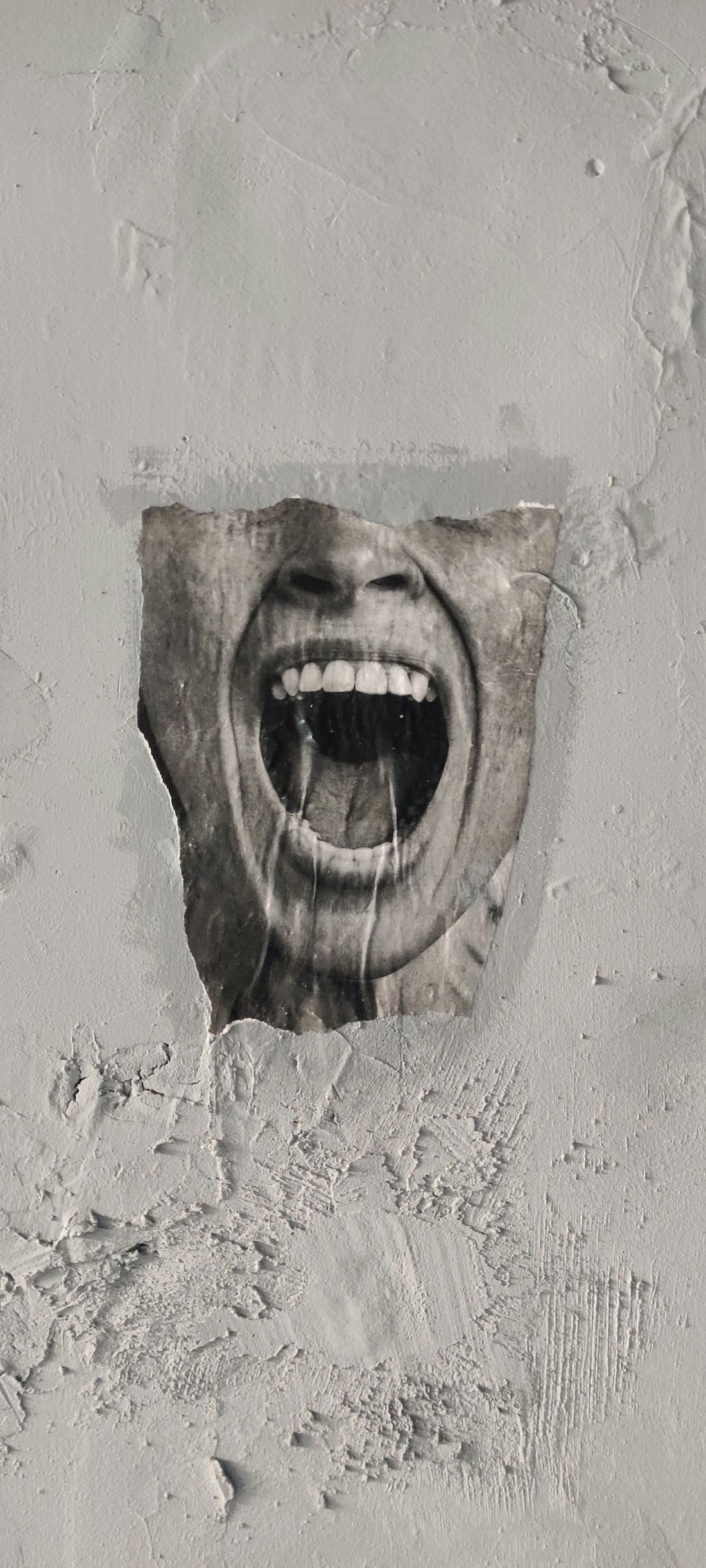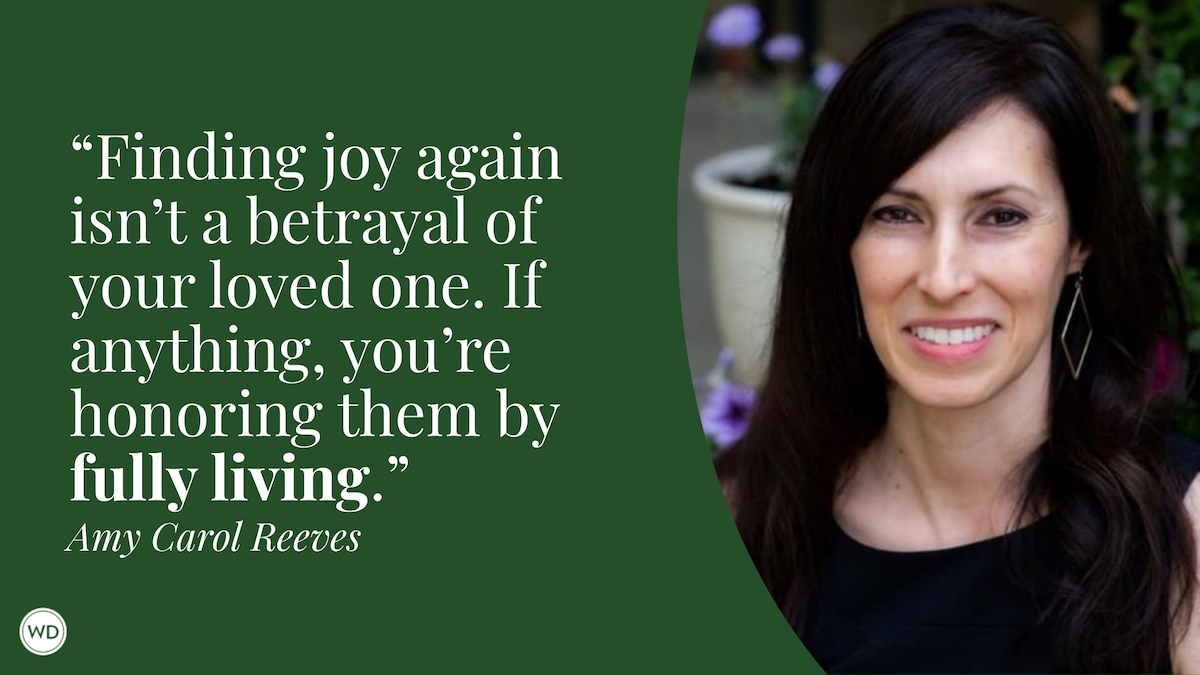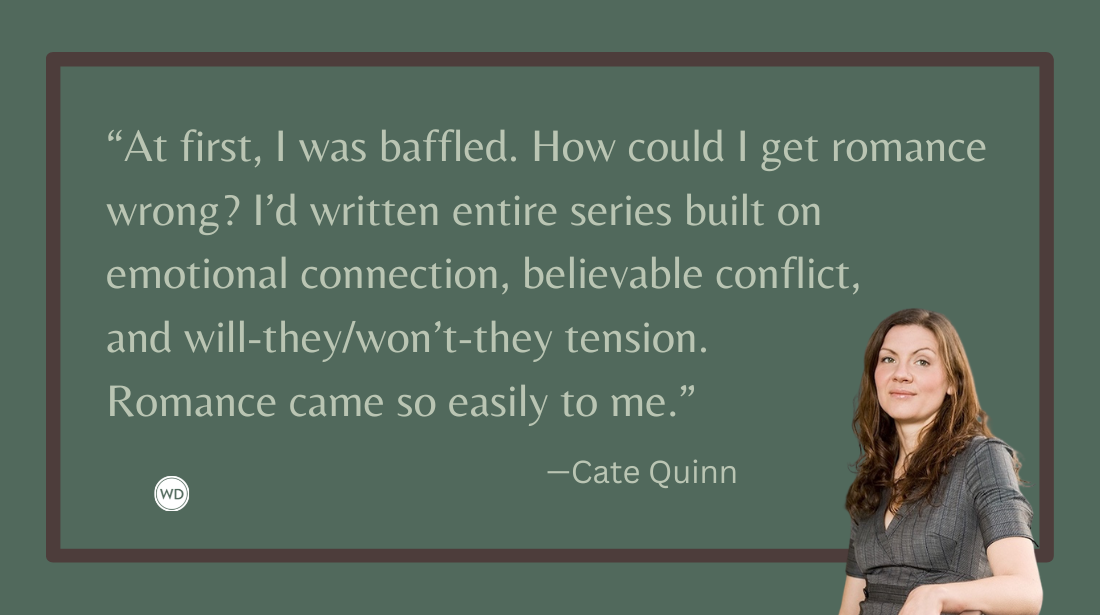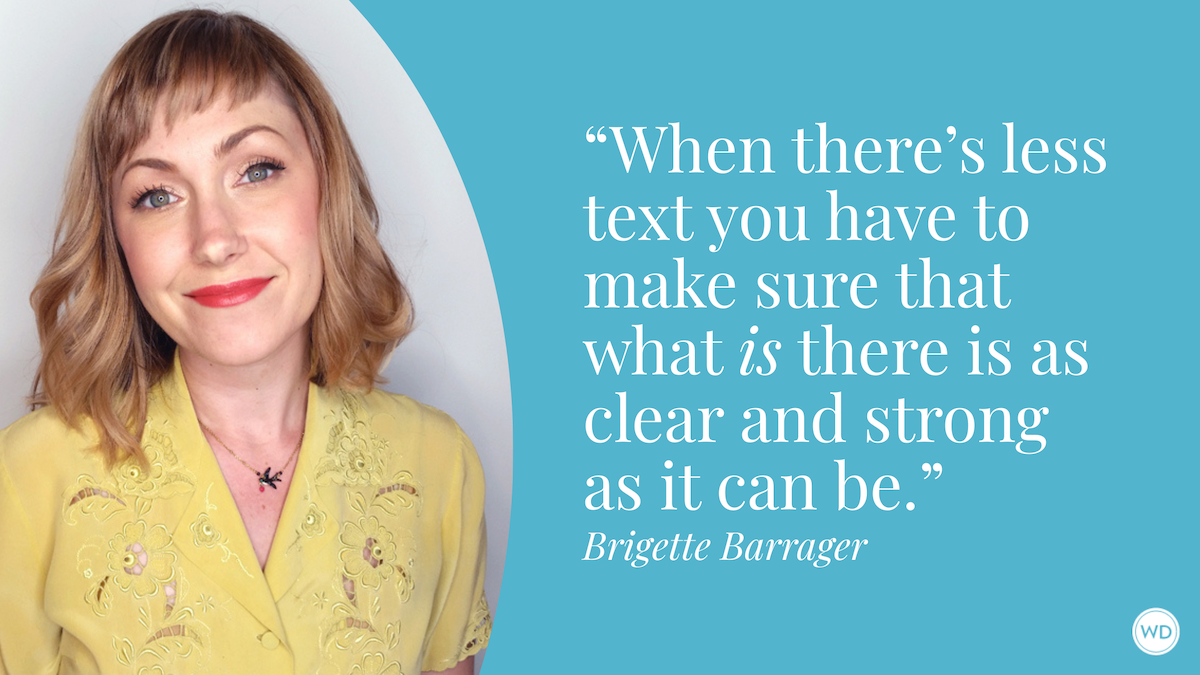A Conversation With David Handler on How the Character Comes First (Killer Writers)
Clay Stafford has a conversation with bestselling author David Handler on how the characters come first in his mystery novels and more.
For David Handler, storytelling has never been about plot gimmicks or clever twists. It’s about people—their secrets, relationships, flaws, and voices. Across decades and formats, through typewriters and television scripts, Handler has stayed true to one principle: Great fiction begins with character.
“Writing has changed a great deal since you started.”
“I wrote my first eight books on a 1958 manual, portable Olympia—solid steel. I started out in the newspaper business in the 70s, tapping away on a typewriter. We had copy paper and carbon paper. We had paste pots with a little brush stuck down the middle—cut and paste. It's all different.”
“There’s something to be said for that tactile experience.”
“When I was doing magazine stories, I’d have pages all over the floor of my apartment living room, and I’d be on my hands and knees trying to figure out where everything went. To this day, when I’m working on a book, I have chapters laid out on the floor because I’m trying to find if I’ve duplicated something or if I should move something. I still print and edit. I print it out every day. I just finished yesterday hand-editing the draft that I’m doing. For some reason, I can’t really edit on the computer. I have to hold the manuscript in my hands and duplicate the reading experience. I see things when I’m reading the manuscript that I don’t see on the screen, including typos. I think it was on Facebook, a young writer was asking the other day, ‘What are you supposed to do, print out the whole book? And then you have this giant stack of pages?’ And I was like, ‘Well, you kind of do it chapter by chapter.’ I felt like I was from another era.”
“Or another planet. You started as a newspaperman?”
“Yeah, I was doing paid summer internships in Southern California for the Santa Monica Evening Outlook chain, covering city council meetings when I was 19. I’ve just always been a writer. I’ve been a writer in lots of different formats—magazines, television sitcoms, screenplays—and my ultimate goal was books. It took me a long time to work my way to getting my first novel published.”
“And it did well, your first novel.”
“Yeah, it did. Not as well as Hoagy did, but my first novel was actually a coming-of-age novel called Kiddo. It got a rave review in the Sunday Times Book Review. I got my own page with my picture and the whole thing, but I didn’t marry a movie star, and I didn’t become a millionaire. My first murder mystery, The Man Who Died Laughing, was based on an experience I had. One of the things I did along the way was ghostwrite a memoir of a real-life murder in the late 70s that took place in New York. It was a major tabloid murder. I don’t know if you’re old enough to remember this, but it was Sid Vicious and Nancy Spungen.”
“Oh, yeah.”
“He allegedly killed her in Room 100 of the Chelsea Hotel, knifed her in the bathroom. It was her mother’s story. I learned a lot from that experience. That’s how I got the idea of a young novelist who had achieved great success, married a movie star, and then got writer’s block, fell on his ass, snorted everything away—his marriage, his career—and as a last-ditch fallback, his agent talked him into ghostwriting a memoir of a famous comic from the 1950s. It was called The Man Who Died Laughing, and it was nominated for an Anthony Award.”
“That was your first mystery.”
“Yep. My editor, Kate Miciak, called me up, and I said, 'What’s an Anthony Award?' And she said, 'It’s awarded every year at Bouchercon,' and I said, 'What’s Bouchercon?' I didn’t know anything. I wasn’t part of the mystery community at all. It didn’t win, but my third one, The Man Who Would Be F. Scott Fitzgerald, did win an Edgar Award and an American Mystery Award. At that point in my career—this was the late 80s—I would sit down every day, and I didn’t have the slightest idea what I was doing. I really didn’t. After I won the Edgar, I realized that I actually did know what I was doing. I just didn’t realize it.”
Check out David Handler's The Man Who Swore He'd Never Go Home Again here:
(WD uses affiliate links)
“Let me ask you a couple of questions, then, about knowing what you're doing. A lot of our readers are writers-to-be, and they want to avoid plot dumping—which you don’t do. You’ve got snappy dialogue moving the story forward. When you first sit down to write a scene, do you start with what needs to be said, or with who’s saying it?”
“It varies from book to book. I try not to crowd too much. I’ll try to keep the pacing going, and whatever will keep that going and move the story along.”
“You carry a lot of the story in the dialogue.”
“I do. I write pretty good descriptions. My prose is good, particularly in the Hoagy series, but my strength has always been dialogue. That’s why I got paid a lot of money to write TV—because I wrote good comic dialogue. But in a weird sort of way, I feel like a bit of an impostor as a mystery writer, because I don’t really consider myself a crime writer. I consider myself a writer of character fiction. I create interesting, smart characters—people I’d want to know more about, or people who have a lot of secrets. I create this ensemble. It’s a story about these people, and somebody ends up dying. I don’t start with the murder. I start with the characters.”
“You start with ensemble first.”
“That’s the most important thing for me—coming up with my ensemble of characters. What is going to happen? I don’t quite know how I’m going to get there, but I have a basic thumbnail idea. I know pretty much who’s going to die and why and who did it, but the fun part is creating all of the different characters and their interlocking relationships, interlocking pasts, their motives—and making them all plausible.”
“In your dialogue, there’s a lot of emotional subtext. How do you say what needs to be said between the lines without beating the reader over the head?”
“I do a lot of trimming. I just try to be as low-key about that sort of thing as possible. When I first started out, I used to try a lot harder to be funny. I was coming out of TV, where you were used to doing five jokes to a page. My dialogue now tends to be a little more reflective.”
“And you accomplish multiple things at once.”
“You have to. One of the things you have to learn how to do is to accomplish more than one thing with your dialogue and your description. You’ve got to get heart in there, in addition to humor and information. If you’re not moving the story forward, then the scene has no purpose.”
“And you use yours to plant clues, give misdirection, suspicion.”
“Without hitting people over the head. I worked with some amazing people when I was doing movies. I wrote two projects with William Goldman, and one of the things he taught me is that if you’re not moving the story forward in each scene, then the scene has no purpose.”
“Even the funny scenes?”
“We used to get into arguments. Remember L.A. Confidential? One of the most famous scenes is the Lana Turner scene. Kevin Spacey and Guy Pearce are at Formosa Café, and Pearce thinks the woman is a hooker pretending to be Lana Turner. Turns out she’s really Lana Turner. She throws a drink in his face. Hilarious. Bill said that scene should have been cut because it didn’t move the story forward. And I said, 'But everybody loves that scene!' He didn’t care. He was a purist.”
“Something that struck me in The Man Who Swore He’d Never Go Home Again is how distinct your characters' voices are.”
“I make notes about each character before I start writing the book.”
“You don’t even need dialogue attributes. The voices are that clear.”
“It’s really important to write good characters. That’s what I try to focus on—making them individual.”
“And you make them sympathetic—even the murderer.”
“Yeah, I don’t write monsters. I think we’re weak and greedy and want things we can’t have, or think we should have, or carry a grudge. I try to make the murder an outgrowth of a character’s flaws and weaknesses. Over the drafts, I work on making them as fleshed out as possible.”
“This is book sixteen in the Hoagy series. What was different this time?”
“I went all the way back to the beginning—before the before, in a way. When Hoagy walks into the Blue Mill Restaurant in Greenwich Village and sees Merilee. They lock eyes, and their lives change. Lulu the basset hound isn’t even in the picture yet. Merilee’s about to pick her up in a few days.”
“So even after all these books, you’re still discovering new ground.”
“I got to explore Hoagy’s childhood. We knew almost nothing about it before. His family had operated a brass mill in Connecticut for five generations. But we didn’t know why he and his father hadn’t spoken since high school. I also brought in his childhood friend and high school sweetheart, Maggie McKenna. She calls to tell him the town librarian—who really saw his gift early on—has died. That librarian was a big figure in his life.”
“Sometimes writers turn dialogue into soliloquies. How do you know when to divide it up?”
“I’ve written like 34 books. At this point, it’s instinct. I just know when something needs to be broken up—or when we don’t even need it.”
“Do you ever break the William Goldman rule and keep a line just because you love it?”
“Yeah. I’ve got running gags and Lulu things I can’t resist. But I’ve learned to pare them down. A little bit goes a long way. That took me a long time to learn.”
_____________________________
David Handler is the Edgar Award-winning author of several bestselling mystery series. He began his career as a New York City reporter. In 1988, he published The Man Who Died Laughing, the first of his long-running series starring ghostwriter Stuart Hoag and his faithful basset hound Lulu. http://davidhandlerbooks.com/



